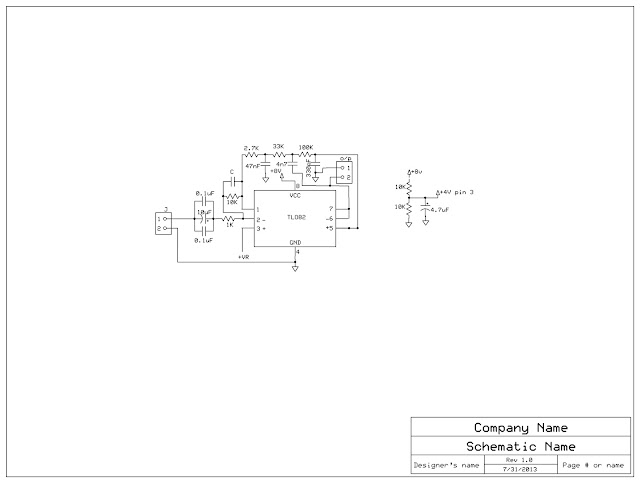Greeting Everyone,
Let us revisit Arduino and make a silly project. A very simple one day project using LM35 temperature sensor and an LCD display to show the temperature. The LM35 can be used to sense temperature from -55 Celsius to +150 Celsius. The data sheet can be downloaded from this link:
Click Here
What would you need for the project:
1.) Arduino Uno (PC with cable and setup necessary)
2.) LCD display
3.) LM35 Temperature Sensor
4.) Wires
The figure below shows the basic setup and connections:
Here is the code:
For downloading the code please
Click Here.
#include <LiquidCrystal.h> // include the LCD driver library
// declare variables
float tempC = 0; // Variable for holding Celcius temp (floating for decimal points precision)
float tempf = 0; // variable for holding Fareghneit temp
int tempPin = 0; // Declaring the Analog input to be 0 (A0) of Arduino board.
float samples[8]; // Array to hold 8 samples for Average temp calculation
float maxi = 0,mini = 100; // Max/Min temperature variables with initial values. LM35 in simple setup only measures Temp above 0.
int i;
LiquidCrystal lcd(12, 11, 5, 4, 3, 2); // initialize the library with the numbers of the interface pins
void setup()
{
pinMode(9, OUTPUT);
analogWrite(9, 45);
lcd.begin(16, 2); // Set up the LCD's number of columns and rows:
lcd.setCursor(6, 0); // Set LCD cursor position (column, row)
lcd.print("RnD's"); // Print text to LCD
lcd.setCursor(3, 1); // Set LCD cursor position (column,row)
lcd.print("Thermometer"); // Print text to LCD
delay(5000); // Delay to read text
lcd.clear(); // Clear the display
}
void loop()
{ // Start of calculations FOR loop.
for(i = 0;i<=7;i++){ // gets 8 samples of temperature
samples[i] = ( 5 * analogRead(tempPin) * 100.0) / 1024.0;
// conversion math of LM35 sample to readable temperature and stores result to samples array.
// 5v is the supply volts of LM35. Change appropriatelly to have correct measurement. My case is 4.4Volts.
// If powered from USB then use value 4.4v to 4.6v. If power is 7v< to the Arduino then use 4.9v to 5.1v
// The voltage is critical for accurate readings
// ( LCD note: line 1 is the second row, since counting begins with 0):
lcd.setCursor(0, 0); // Set LCD cursor position (column 0, row 0)
lcd.print("Current Temp is: "); // Print text to LCD
lcd.setCursor(1, 1); // Set LCD cursor position (column 1, row 1)
lcd.print(" Celcius "); // Print text to LCD
lcd.setCursor(12, 1); // Set LCD cursor position (column 12, row 1)
lcd.print(samples[i]); // print current Temp sample to LCD
tempC = tempC + samples[i]; // do the addition for average temperature
delay(800); // wait 800ms
} // END of FOR loop
tempC = tempC/8.0; // calculated the averare of 8 samples in Celcius
tempf = (tempC * 9)/ 5 + 32; // converts to fahrenhei
if(tempC > maxi) {maxi = tempC;} // set max temperature
if(tempC < mini) {mini = tempC;} // set min temperature
tempC = 0; // Set tempC to 0 so calculations can be done again
}













































.jpg)







